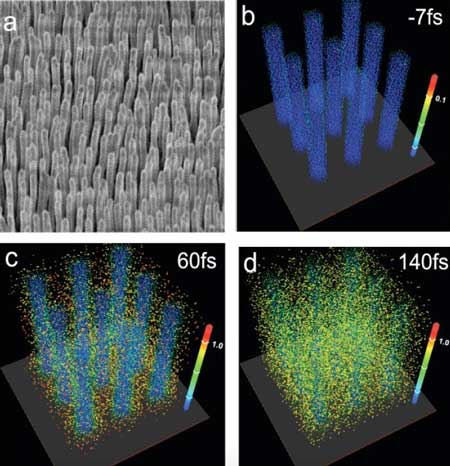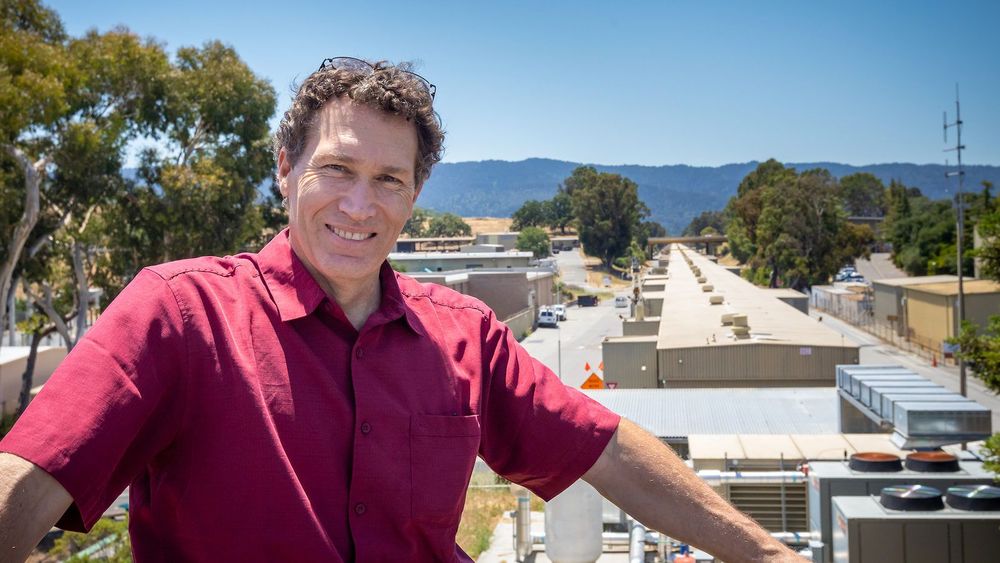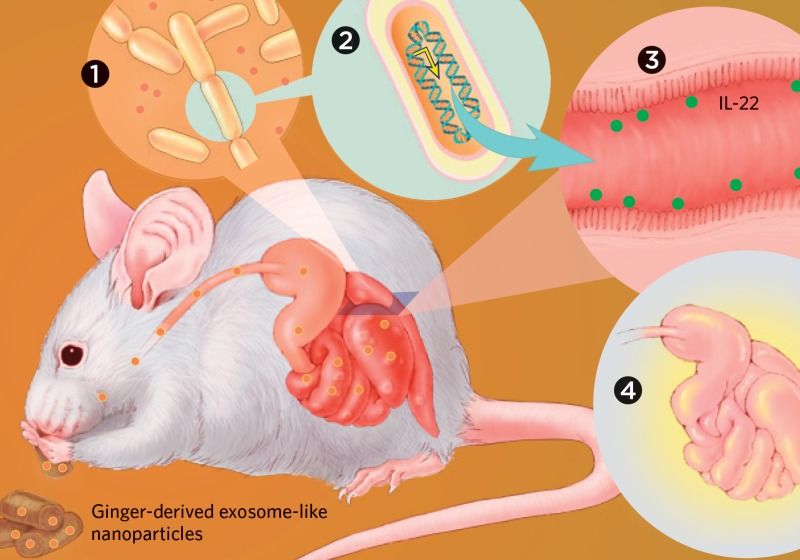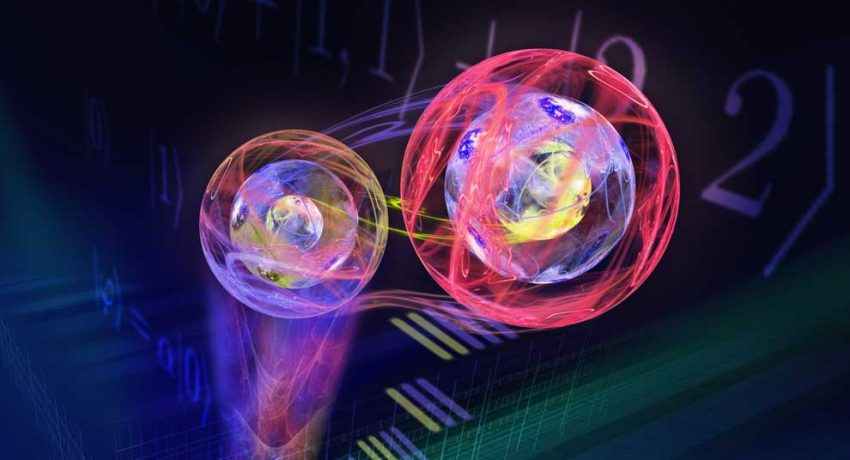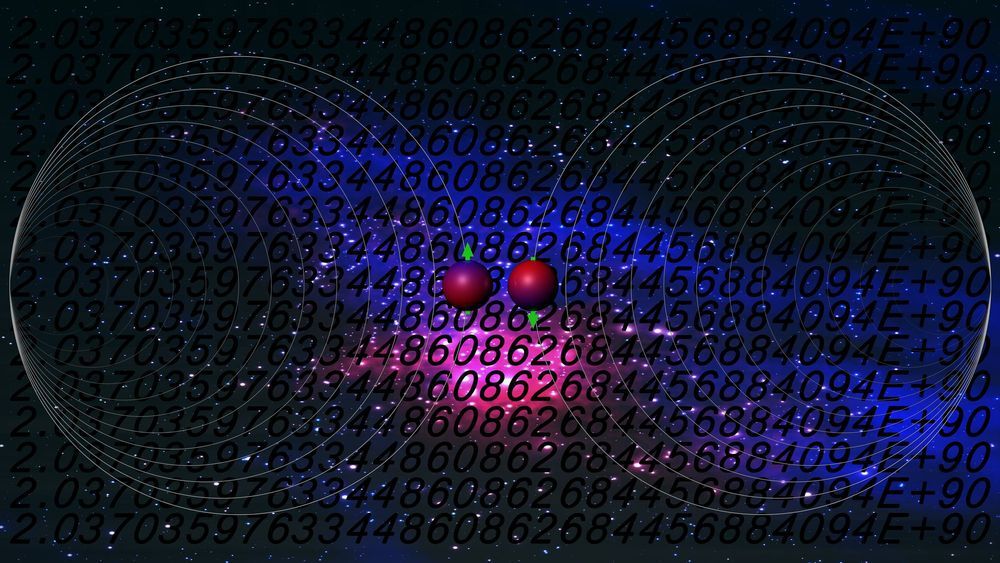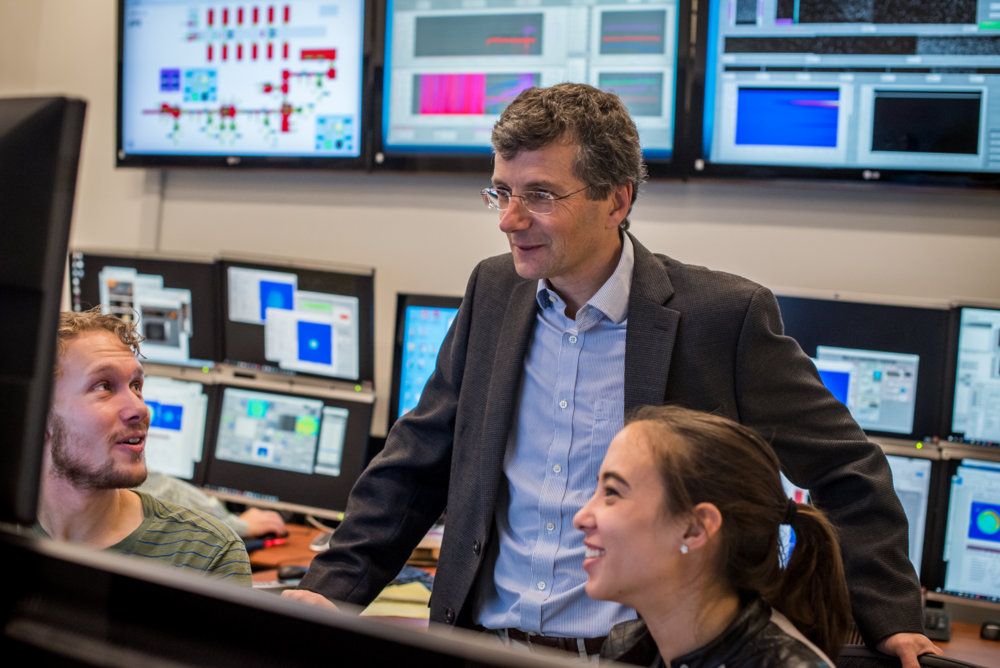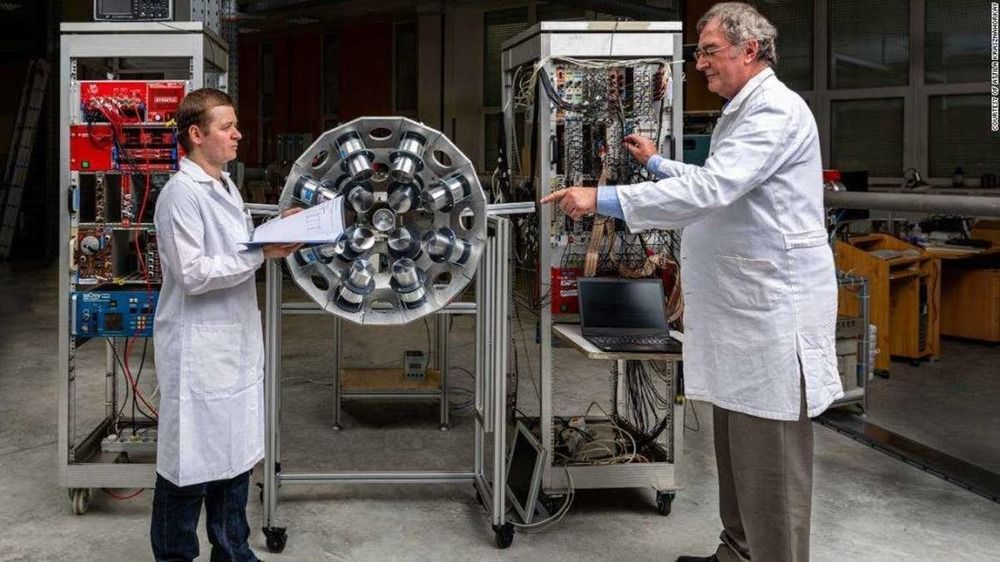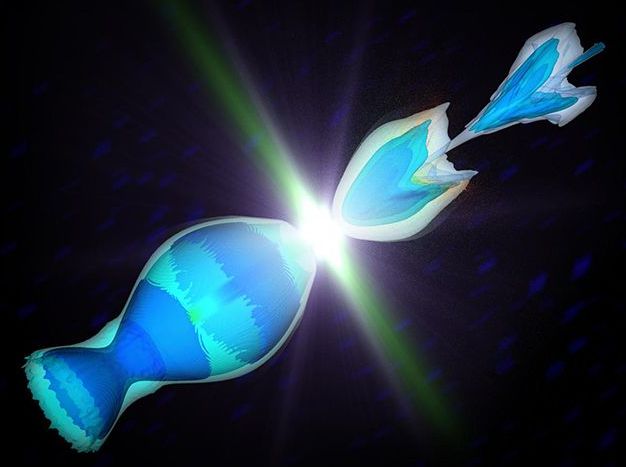Jan 2, 2020
Laser-heated nanowires produce micro-scale nuclear fusion
Posted by Quinn Sena in categories: nanotechnology, nuclear energy, particle physics
Nuclear fusion, the process that powers our sun, happens when nuclear reactions between light elements produce heavier ones. It’s also happening — at a smaller scale — in a Colorado State University laboratory.
Using a compact but powerful laser to heat arrays of ordered nanowires, CSU scientists and collaborators have demonstrated micro-scale nuclear fusion in the lab. They have achieved record-setting efficiency for the generation of neutrons — chargeless sub-atomic particles resulting from the fusion process.
Their work is detailed in a paper published in Nature Communications (“Micro-scale fusion in dense relativistic nanowire array plasmas”), and is led by Jorge Rocca, University Distinguished Professor in electrical and computer engineering and physics. The paper’s first author is Alden Curtis, a CSU graduate student.
